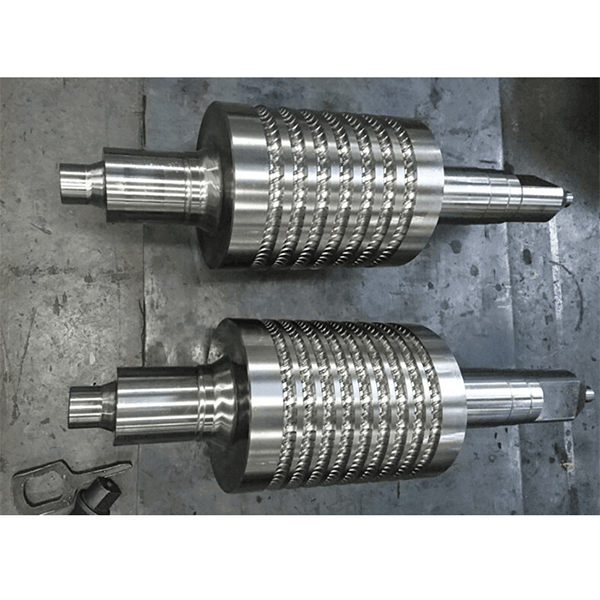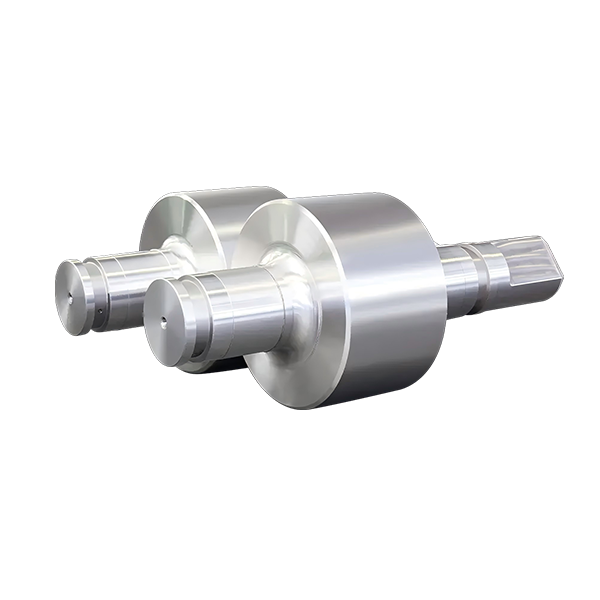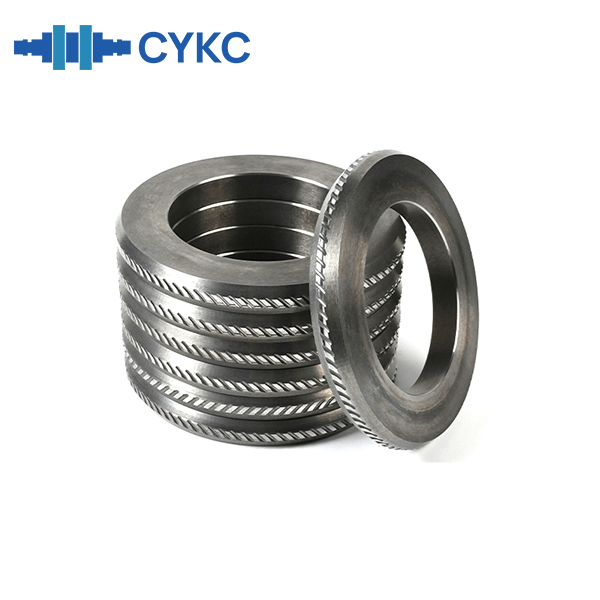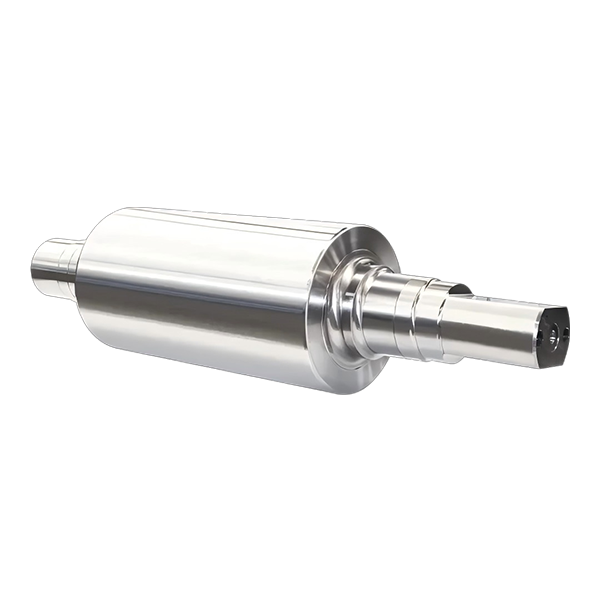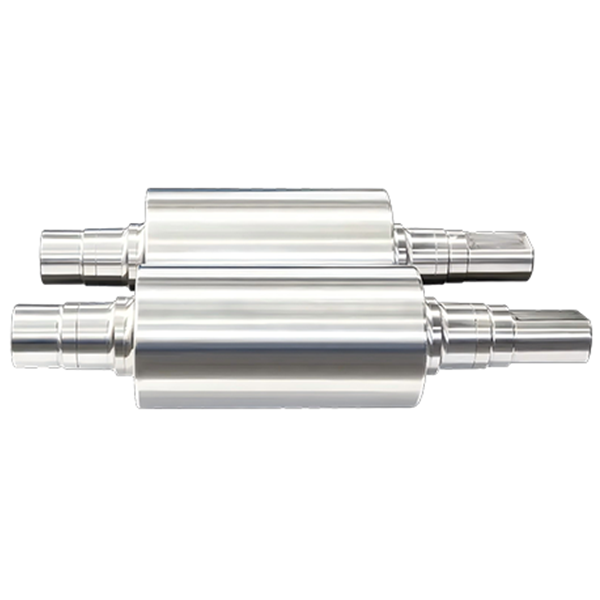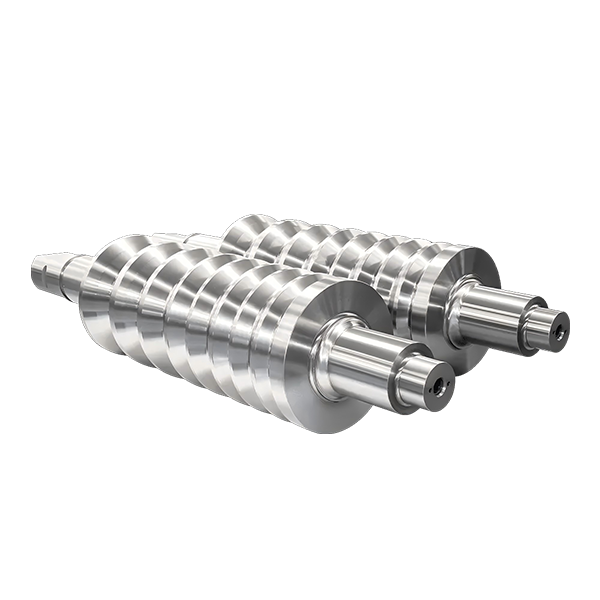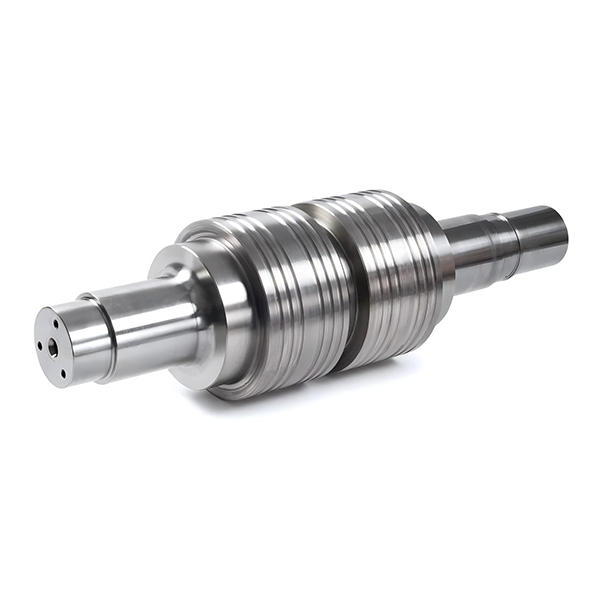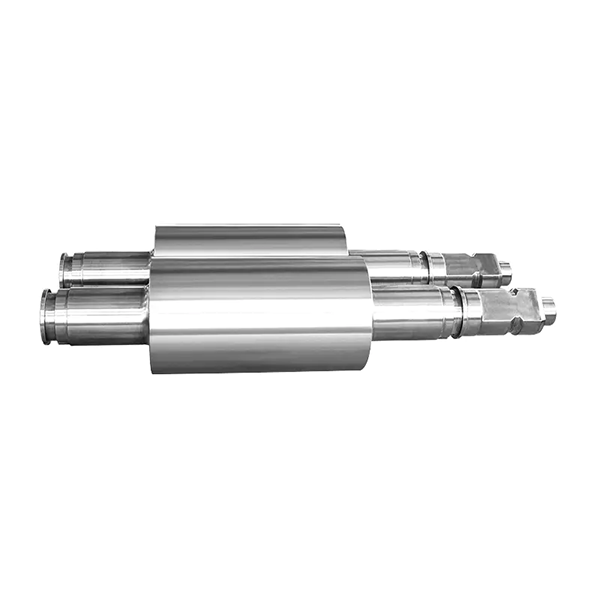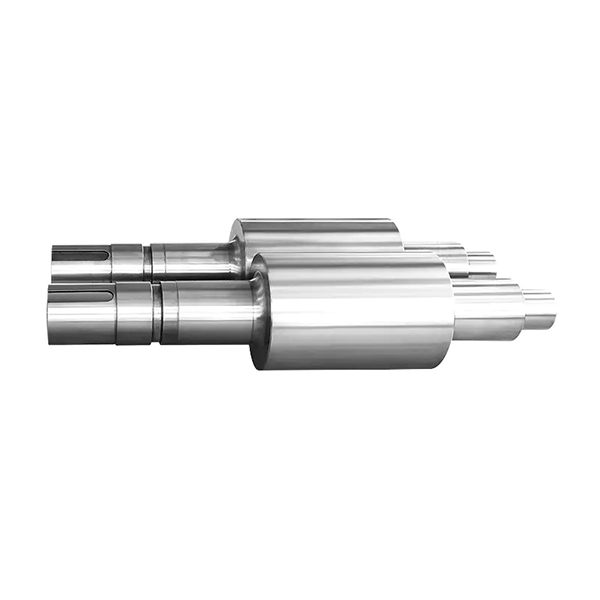Cast Iron Rolls are fundamental components in the steel rolling industry, known for their excellent wear resistance and versatility. With a carbon content typically between 2.5% and 3.5%, these rolls are categorized into several types, each tailored for specific rolling applications. The microstructure of Cast Iron Rolls consists of a matrix (such as pearlite, bainite, or martensite), carbides, and graphite (in flake or spherical form), which collectively determine their performance characteristics.
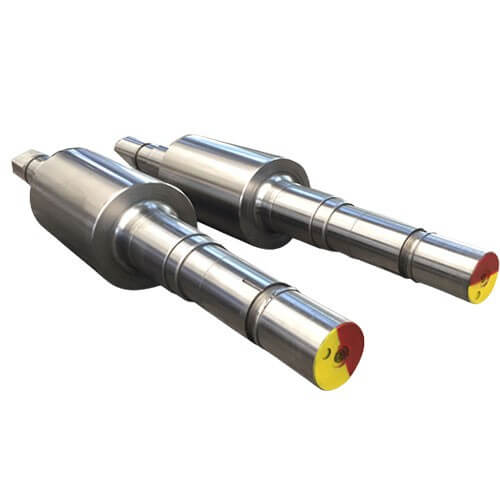
1. Ordinary Cast Iron Rolls
This category includes chilled iron rolls and indefinite chilled iron rolls. Chilled iron rolls feature a hard, wear-resistant white iron surface layer formed by rapid cooling, making them suitable for older mill types like sheet mills, bar mills, and section steel mills. Indefinite chilled iron rolls, with a structure transitioning between chilled and gray iron, contain graphite in their working layer and are used in less demanding applications.
2. High Nickel-Chromium Indefinite Chilled Composite Rolls
These advanced Cast Iron Rolls are alloyed with high levels of nickel, chromium, and molybdenum. Produced via full flush or centrifugal casting processes, they offer a unique combination of high wear resistance (due to abundant carbides) and exceptional thermal fatigue resistance (thanks to the presence of graphite). This makes them the preferred choice for the finishing stands of wide, medium, and heavy plate mills, as well as strip mills.
3. High Chromium Composite Cast Iron Rolls
As a premium grade of Cast Iron Rolls, these feature an outer layer made of high-chromium (12-22% Cr) white iron, combined with a nodular iron core and neck via centrifugal casting. Their microstructure, characterized by hard carbides (Cr7C3, Mo2C), provides superior abrasion resistance. High Chromium Cast Iron Rolls are widely applied in the roughing and early finishing stands of hot strip mills, plate mills, and various section and bar mills.
4. Alloy Nodular Cast Iron Rolls
In these Cast Iron Rolls, the spherical graphite distribution provides high tensile strength, allowing them to withstand heavy loads. The matrix can be pearlitic or acicular (bainitic). While pearlitic grades are often monolithic cast, higher-alloy acicular grades benefit from centrifugal casting to optimize performance. Their excellent thermal shock and wear resistance make them ideal for large blooming mills, section steel mills, bar continuous mills, and heavy seamless tube mills.
Conclusion
Cast Iron Rolls are indispensable for a wide spectrum of rolling mill applications. From the robust simplicity of ordinary cast iron to the high-performance capabilities of high nickel-chromium and high chromium composites, the right selection of Cast Iron Rolls is crucial for achieving mill efficiency, product quality, and operational economy. Understanding their distinct microstructures and properties allows for the optimal choice in demanding hot rolling environments.
Contact:cykc@cykcgroup.com.cn


